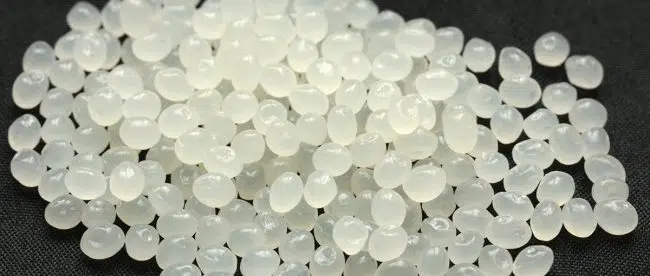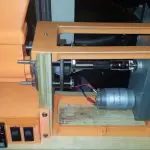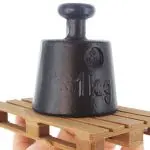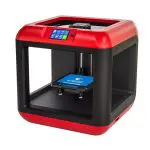Piocreat 3D G5 – A New Type Of 3D Printer
For 3D printing hobbyists, Fused Deposition Modelling means a printer that eats plastic filament. All home and small business FDM printers use that technology, because it’s affordable and it works. It’s not the only way to get plastic through a nozzle though, and for the last few years larger commercial printers have been moving towards a different way of doing it. Now that same system could be coming within reach of enthusiasts and small businesses.
Printing With Pellets Or Granules
Large-scale industrial 3D printers abandoned filament a while ago. Instead, their plastic raw material comes in the form of small pellets or granules. This isn’t actually all that unfamiliar; after all, filament is made by melting pelleted or shredded plastic and extruding it through a nozzle. Industrial printers simply cut out the intermediate stage and feed the pellets straight into the printer. There’s no reason, apart from cost, why that couldn’t be done in a smaller machine, too.
Cost, of course, has been the big obstacle up to now. A hot end capable of turning plastic granules into a 3D print costs around £8,000 – and that doesn’t include the rest of the printer. At this sort of price the technology is outside the reach of home users and even most small businesses. That might be about to change, though.
This month Chinese manufacturer Piocreat 3D announced a new Fused Granular Fabrication (FGF) printer that comes in at the top end of the consumer and small business market. The G5 printer is priced at $3,999 – about £3,150 – which, while still very expensive, is a fraction of the price of previous FGF printers. Its basic statistics seem impressive; the build volume is a 500x500x500mm cube, it can use nozzles from 0.8mm up to 2mm and layer heights from 0.2-1mm, and it prints quite happily at 100mm/s. The total deposition rate is 200g per hour, which equates to printing an entire 1kg spool of filament in five hours. That’s a lot faster than most 3D printers can manage.
So how does it actually work? At first glance the G5 looks like a fairly standard Prusa-style 3D printer, with dual Z-axis drives and built-in BL Touch self-levelling, until you notice that there’s no spool in sight. Instead a hopper is mounted on the top bar of the frame, and a thick, transparent hose leads from that down to the print head. You just fill the hopper with plastic pellets, and gravity gets them down the hose to the extruder. This is where things get very different. The extruder has a cylindrical chamber with a powered screw in it. The hose delivers pellets to the top of the screw, which rotates, forcing pellets down into the hot end to be melted. This design means there shouldn’t be any problems with slipping extruders, and obviously it completely eliminates issues with broken or tangled filament.
According to Piocrat 3D the G5 can handle a formidable range of plastics. The nozzle temperature can be pushed to 450°C, so materials like nylon or polycarbonate should be well within its capabilities. You can feed it pellets with a diameter between 2mm and 5mm, and while I’m no expert on plastic pellets that seems like a reasonably wide range.
Talking of pellets, they’re not that hard to find online and they’re an economical material. I rarely pay less than £20 for a 1kg spool of PLA, but I could easily find 1kg of PLA pellets for under £13 – and, while that’s significantly cheaper, it’s nothing to what you can find with a little more digging. Another supplier is selling 5kg bags of PLA for £38, which works out at £7.60 per kilo, and if you go for a 20kg bag the price per kilo comes down to just £5.70. Switching to an FGF printer could slash your material costs by around 75%, and for a manufacturing business that means a printer like the G5 could pay for itself relatively quickly.
Is This The Future?
Obviously, while it’s a lot more affordable than any previous FGF printer the G5 is still a very expensive item. It’s the first off the shelf pellet-fed machine aimed at small businesses and – just barely – enthusiasts, so it’s carrying the weight of a lot of development and innovation, but if it finds a market the price will come down and the range of printers will expand. Could pellets replace filament as the standard raw material for FDM systems? I wouldn’t bet against it.









Leave a comment
You must be logged in to post a comment.